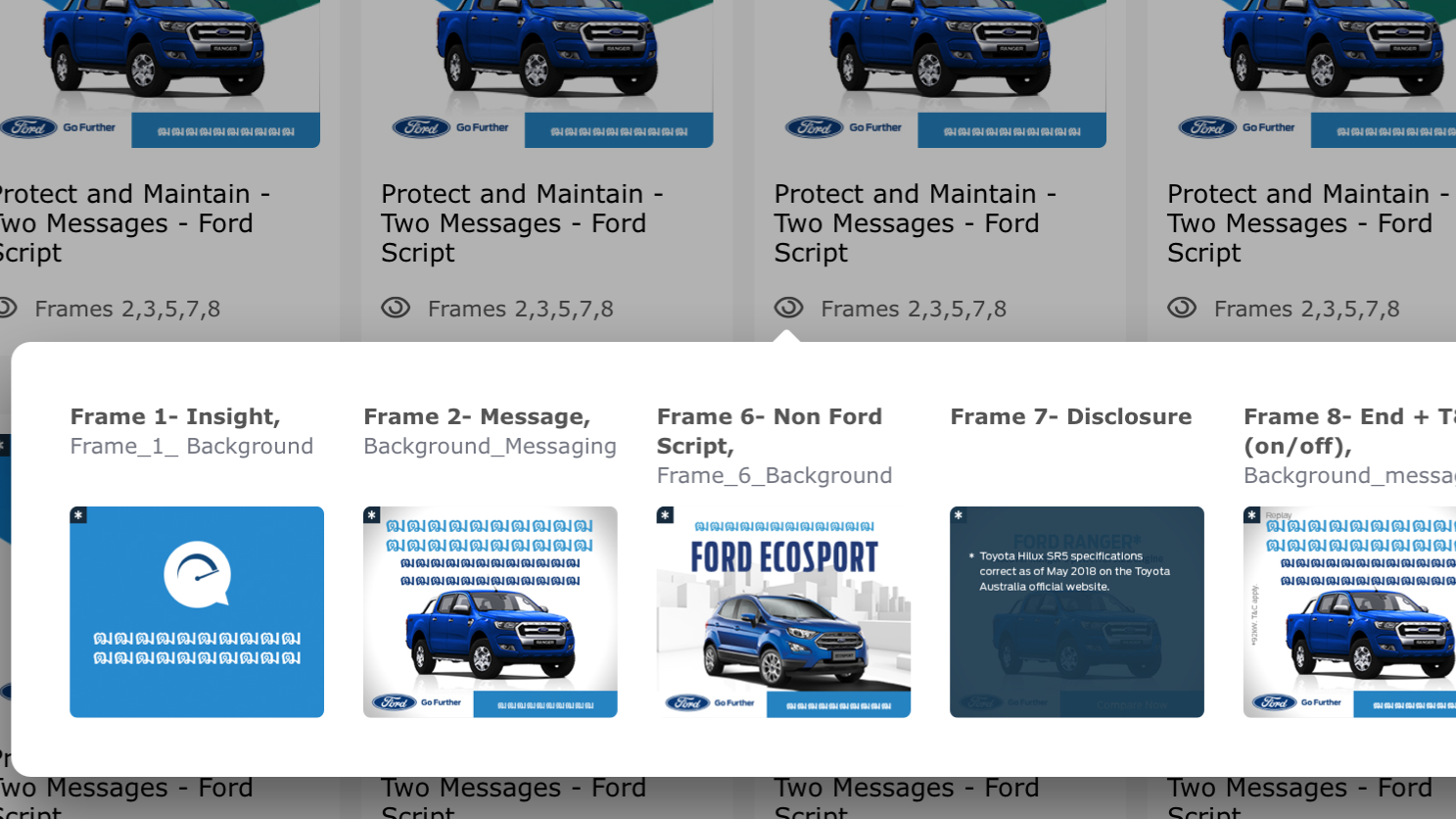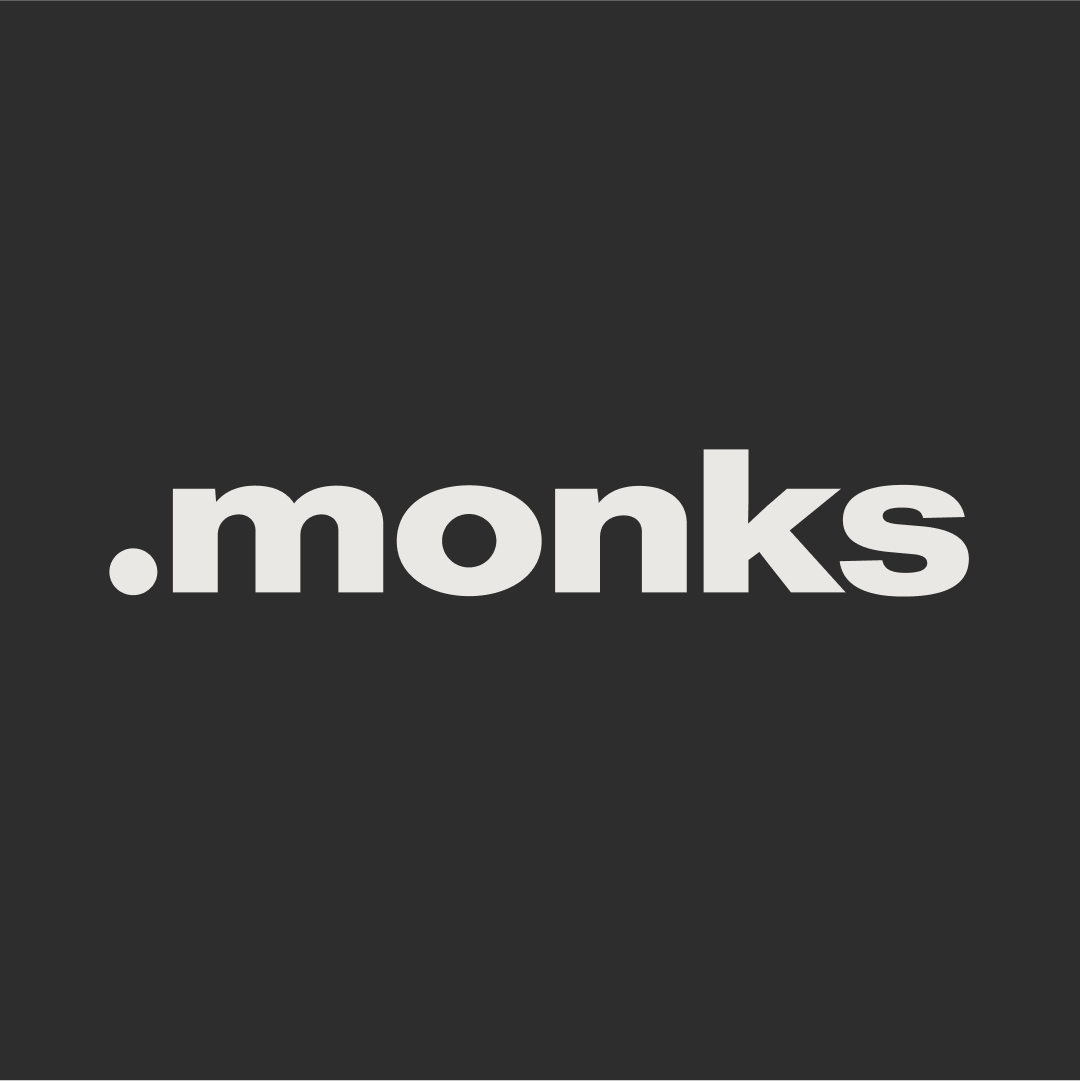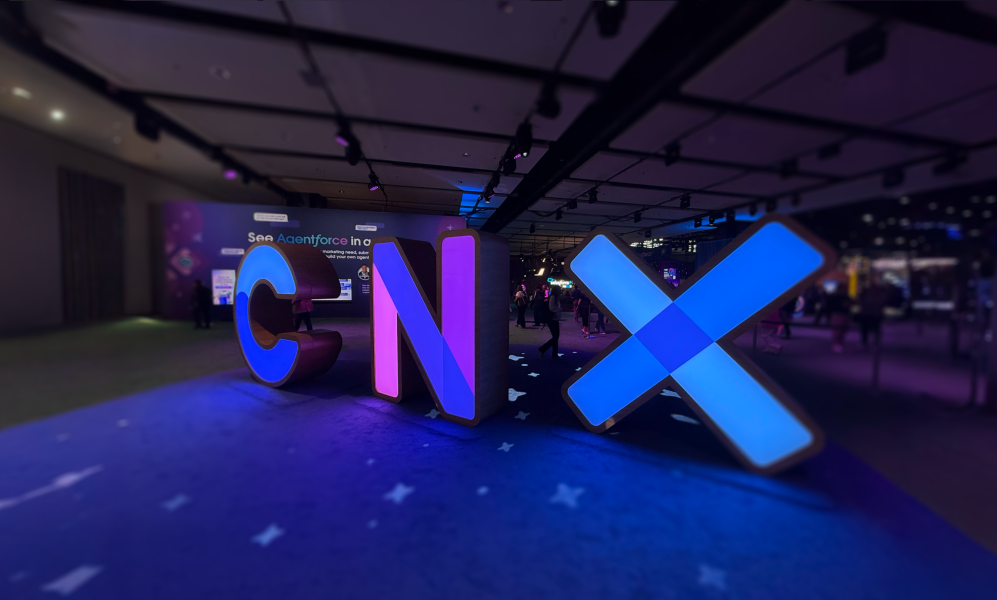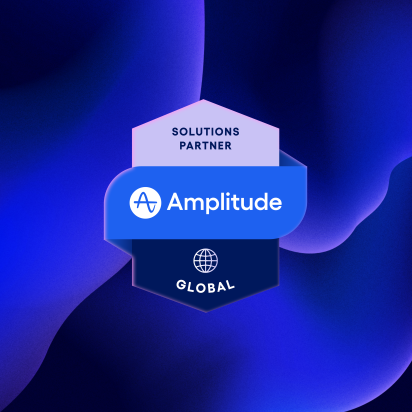The Glow Up is Real: The Banner Ad Turns 25

This week, we’re celebrating the birthday of the banner ad, which just turned 25 on October 27. Love them or hate them, banner ads have become a mainstay of the web browsing experience, lining web pages across devices and even showing up within mobile games—but they didn’t always have the ubiquitous digital presence that they enjoy today.
25 years ago, AT&T bought space on HotWired (which became the Wired magazine we know today), to offer a cheeky—if not a bit threatening, in hindsight—banner ad asking, “Have you ever clicked your mouse right HERE? YOU WILL.” It’s unlikely that a modern, internet-savvy consumer would be tempted to follow through on the message it pushed, but its novelty at the time resulted in an impressive click-through rate of 44%.
Now, we know that today’s users may not be as excited about banner ads as us (we are Google’s first Global Certified Marketing Partner for DoubleClick, after all). To us, banner ads are a bit misunderstood, their image tainted by annoying banners and low-quality work when they were treated largely as an afterthought by creatives. So, what is the state of the banner ad today, and where do its opportunities lie in its maturity? Grab a glass of champagne while we extol our love for the internet’s most ubiquitous format.
Diving Deep into Data
The banner ads of yore may have felt invasive and interrupting, but technology today enables banner ads to better blend in or add value to the user through personalization. The role of programmatic and data have catapulted the simple format into a cog within complex marketing engines that enable brands to learn more about their audiences and tailor content effectively.

Brands can extract plenty of value by making their banner ads easily transformable, helping them tailor their message to specific segments in a data-driven approach.
“These days, everything is bought in a programmatic way, where ads are serviced to specific users on many different sites,” says Andre Rood, Global Advertising Director at MediaMonks. “That’s why banners have gotten progressively more interesting: the ability to target specific users has improved tremendously, and the metrics—with the ability to measure response and effectivity—have as well.”
In essence, a programmatic landscape has encouraged marketers to look beyond just a click-through rate to measure ad performance and effectiveness, allowing new opportunities to make their content more contextual and useful to consumers. Through continuous optimization of their display ads, brands can achieve a greater value on their ad spend, not to mention a closer understanding of their audience as metrics roll in. Whether employing dynamic assets or manually tweaking assets to respond to data, brands can pinpoint the perfect permutations of imagery, layout and copy in their assets to appeal to audiences through personalization.
Banners Become Truly Interactive
The historic conception of the banner ad—a strip or box of pixels demanding users to view and click—might not seem so exciting today, but today’s banner ads are no longer limited to that definition. Take Google Swirl ads, for example: this innovative, mobile-exclusive ad format features an interactive 3D model that users can touch and rotate to inspect a featured product from any angle—and opening up new moments for storytelling in the process.
People are spending more time on their phones, opening new avenues to explore.
Swirl ads are emblematic of the new modes of interaction made possible by mobile. “People are spending less and less time on their computers and more on their phones, so while traditional banners aren’t going anywhere, there’s also new avenues to explore in the mobile space,” says Tommy Lacoste, Senior Project Manager at MediaMonks. Lacoste, whose expertise is in assets that extend beyond the typical banner ad, has worked closely on developing these 3D, interactive banners. “While they’re technically still banner ads, consider them to be the next step,” he says.
What’s impressive about Swirl ads aren’t just their interactivity, but also their mobile friendliness by being so lightweight compared to the rich media that has come before it. “Improvements in cell phone processing power as well as network speed have been imperative in making this a possibility,” says Lacoste, “And by using our and Google’s proprietary tech, we’ve been able to make the 3D files actually smaller than videos.” By comparison, video banner ads hadn’t caught on at the introduction of HTML5 because they were too heavy to provide a comfortable user experience for many.
There’s a world of possibilities nowadays, and it continues to grow.
Facing the Future of the Banner Ad
As we celebrate the history of the humble banner ad and explore recent innovations in the format, what can we look forward to on the horizon? It might be an even more immersive iteration of how users can learn about products and services, much like Swirl. “Imagine the following: you see an ad for, let’s say a coffee maker, on your phone,” says Rood. “You press it, and suddenly you can place the coffee maker in your own home using advanced augmented reality, seeing how it would look on your kitchen counter. I think that’s the next step.”
In fact, even that might soon be a reality. Facebook recently opened new interactive formats for all advertisers, including ads that allow users to try on products through AR. The display ads are a natural fit for products worn on the face (glasses, makeup) thanks to the selfie focus of Facebook’s Camera Effects lenses, but invite users to imagine what could be done with more advanced augmented reality.
“Within the framework of a banner ad being ‘a visual advertisement on the internet that you can click on’–which includes pre-roll video ads, ads on social, etc.–there’s just a world of possibilities nowadays, and it continues to grow,” says Rood. He’s right: as banner ads become more advanced, users may begin to think of them as desirable digital experiences and content in their own right. In this respect, the future of the banner ad looks good.
Related
Thinking
-
![A low-angle, wide shot of large, illuminated, three-dimensional letters spelling "CNX" in a dimly lit event hall. The 'C' glows blue, the 'N' glows purple, and the 'X' glows with a bright blue light. The letters are placed on a dark blue carpet with a subtle pattern, and they cast colorful reflections on the floor. In the blurred background, people can be seen walking around the conference space.]()
Blog post
Inside Salesforce Connections 2025 and the Conversational Potential of Agentic AI By Nathan Bouman 5 min read -
![Amplitude Global Solutions Partner Monks announcement banner and badge]()
Blog post
Driving Experimentation and AI Innovation with Amplitude By Sayf Sharif 5 min read -
![A man with dark, wavy hair stands with his back to the camera, wearing a mustard-yellow button-down shirt. He is looking at a large video wall composed of multiple screens, each glowing with bright, colorful, and abstract digital displays in a dimly lit room.]()
Blog post
Unlocking Growth on Amazon DSP with Human-Centered AI By Ladipo Fagbola 5 min read
Sharpen your edge in a world that won't wait
Sign up to get email updates with actionable insights, cutting-edge research and proven strategies.
Monks needs the contact information you provide to us to contact you about our products and services. You may unsubscribe from these communications at any time. For information on how to unsubscribe, as well as our privacy practices and commitment to protecting your privacy, please review our Privacy Policy.



